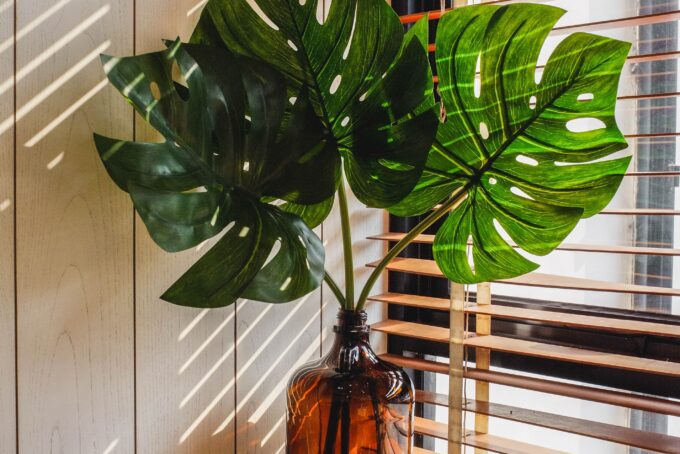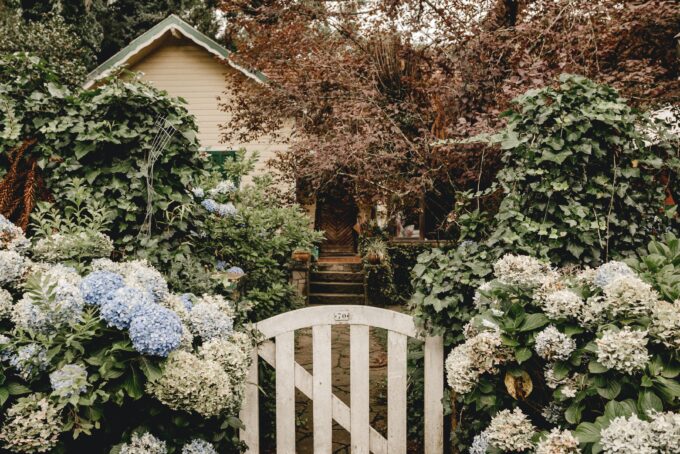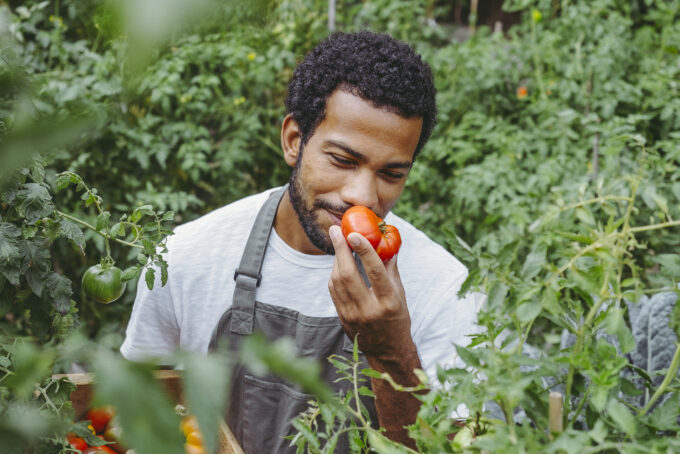When it comes to creating the perfect garden oasis, nothing ruins the vibe faster than discovering you’ve been cultivating a botanical danger zone. Toxic plants can be lurking in your yard, posing a risk to pets, children, and even you. Here’s how you can keep your garden safe and sound.

What are toxic plants, anyway?
Toxic plants are those that contain substances harmful to humans and animals. These substances can cause anything from mild skin irritation to severe poisoning if ingested or touched. While some toxic plants are well-known (hello, poison ivy!), others might surprise you.
What are common toxic plants you might find in your yard?
Begin with a roll call of some usual suspects. These plants are commonly found in yards and gardens, and they’re known to be toxic.
1. Oleander
This beautiful yet deadly plant is popular for its vibrant flowers. However, every part of the oleander is toxic, causing severe symptoms if ingested.
2. Foxglove
Foxglove is admired for its tall spikes of tubular flowers. Unfortunately, it contains digitalis, a compound used in heart medication that can be deadly if consumed in large amounts.
3. Lily of the Valley
These dainty, sweet-smelling flowers hide a dark secret: they’re highly toxic. Even a small amount can cause serious heart problems.
4. Rhododendron
This evergreen shrub is a garden favorite, but its leaves and nectar contain grayanotoxins, which can cause vomiting, diarrhea, and even cardiac issues.
5. Castor Bean
The castor bean plant boasts striking foliage and seeds, but those seeds contain ricin, one of the most potent toxins known to man.
How can you identify toxic plants?
Now that we’ve named and shamed a few offenders, how do you spot them in your own garden? Here are some tips.
1. Know your plants.
Familiarize yourself with the plants in your yard. Use a plant identification app or a good old-fashioned gardening book to help you recognize what’s growing.
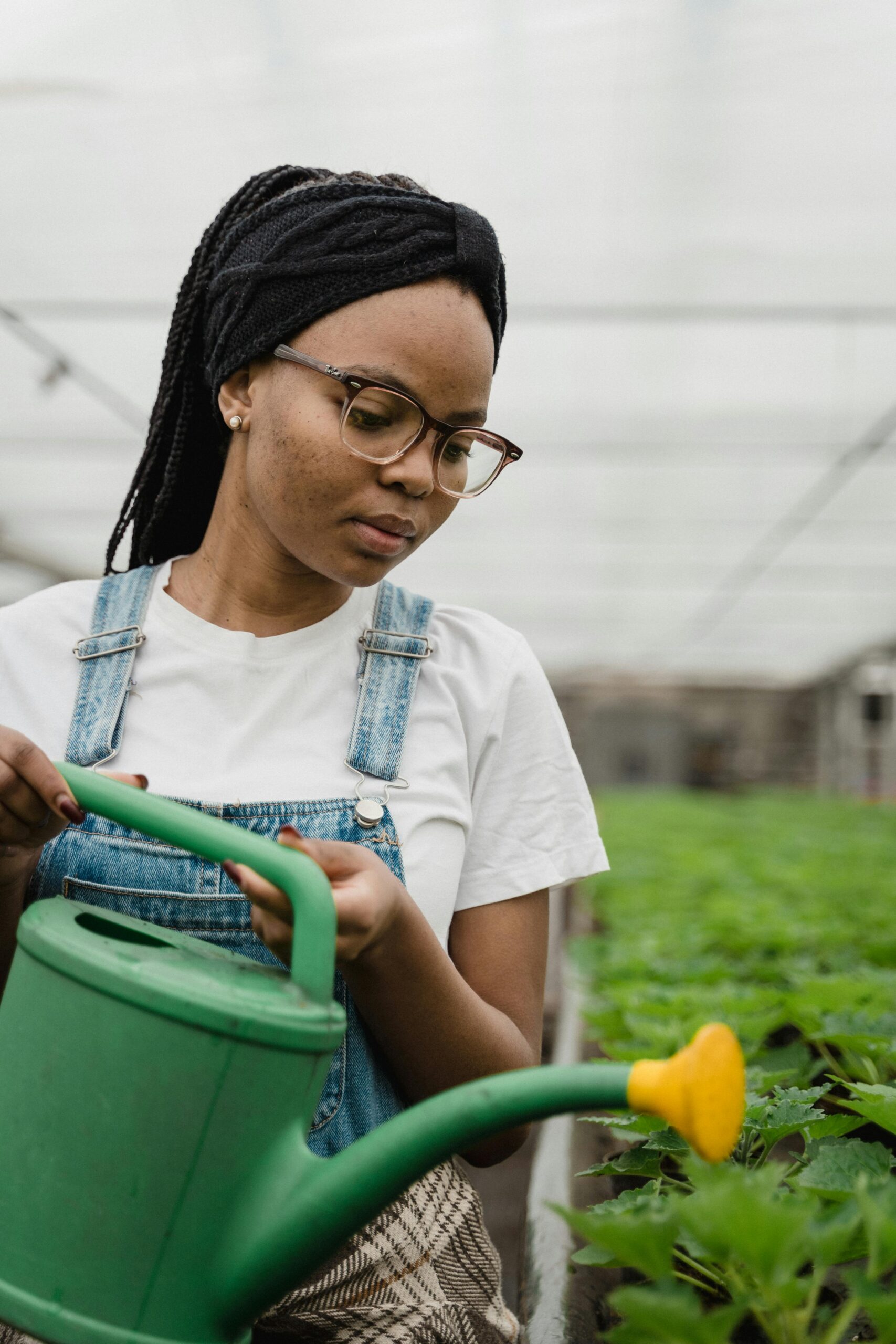
2. Look for warning signs.
Many toxic plants have distinct features. For example, poison ivy, poison oak, and poison sumac all have leaves grouped in threes. Also, bright, contrasting colors might indicate warning signs.
3. Be wary of unfamiliar plants.
If you notice a new plant popping up and you’re not sure what it is, treat it with caution until you can identify it.
What should you do if you have toxic plants?
Here’s a step-by-step guide to reclaiming your yard.
1. Gear up.
Safety first! Wear gloves, long sleeves, and eye protection when handling toxic plants. If you’re dealing with something particularly nasty, like poison ivy, consider wearing a mask to avoid inhaling any particles.
2. Remove the plants.
Carefully dig up the plants, making sure to get all the roots to prevent regrowth. Place the plants in a plastic bag and seal it tightly before disposing of it in the trash—never compost toxic plants!
3. Clean up.
Thoroughly wash your hands, clothes, and any tools you used. It’s also a good idea to shower, just in case any plant oils made their way onto your skin.
4. Monitor the area.
Keep an eye on the spot where the toxic plant was removed. Sometimes, these plants can be stubborn and make a comeback. Regularly check for regrowth and promptly remove any new sprouts.
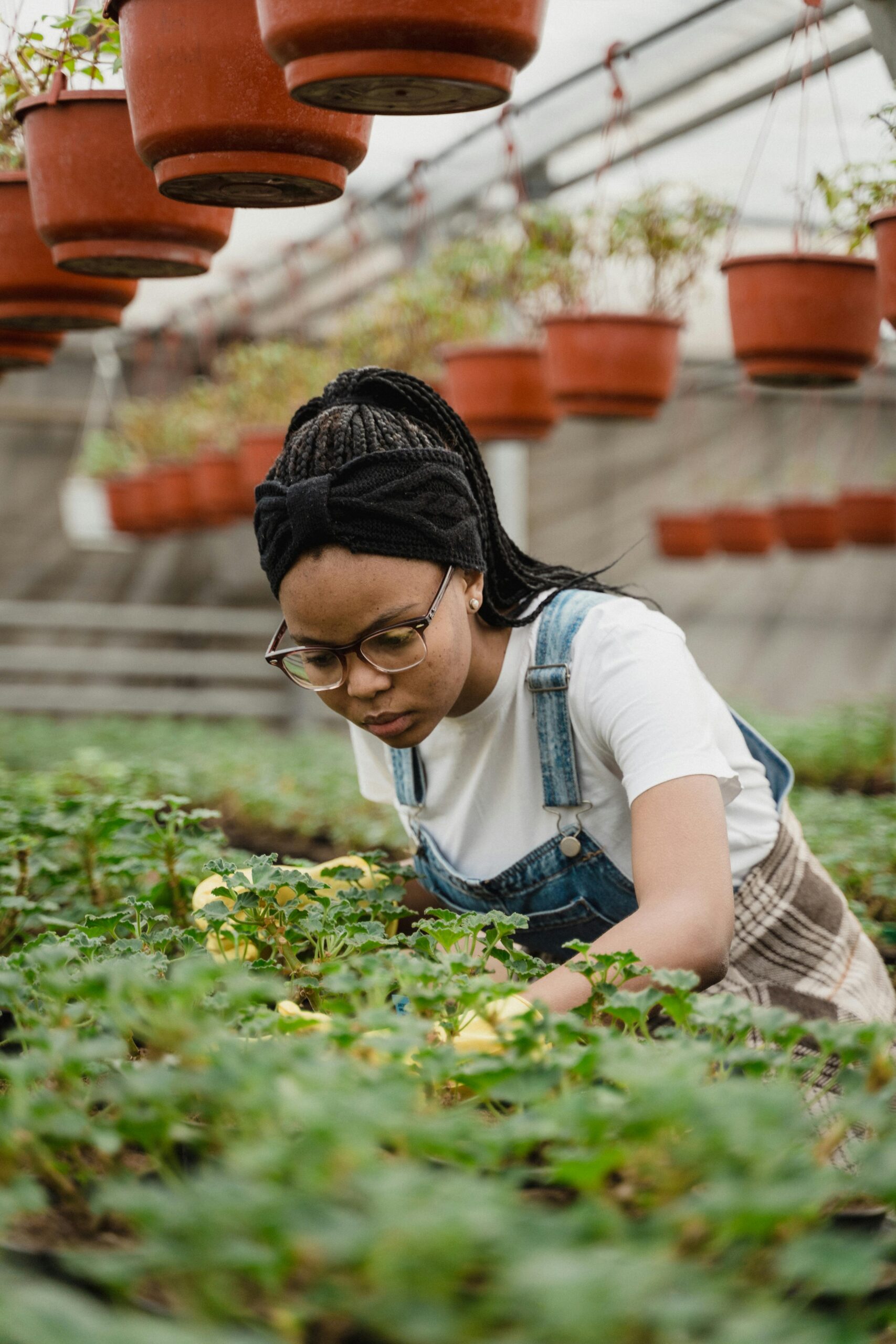
What are some safer alternatives to toxic plants?
Don’t let this toxic plant talk discourage you from gardening. There are plenty of beautiful, non-toxic alternatives to brighten your yard.
1. Marigolds
These cheerful flowers are not only safe but also help repel pests.
2. Lavender
Lavender is a lovely, fragrant option that’s safe for humans and pets.
3. Sunflowers
Bright and sunny, sunflowers are a great addition to any garden and pose no risk.
4. Snapdragons
These colorful flowers are both safe and fun for kids, who often enjoy making the “dragon’s mouth” open and close.
5. Petunias
With their wide range of colors, petunias are a versatile and safe choice for your garden beds and containers.
popular posts
Garden

Planning on Gardening? These Are the Best Home States to Garden In
by Shamontiel Vaughn | January 2, 2025

Believe It Or Not, Cold Weather Gardening Works for These 8 Plants
by Shamontiel Vaughn | November 21, 2024
Spaces
Whether it’s luxury or ease, every area of your home should be as fabulous and unique as you.
FOLLOW ALONG ON INSTAGRAM
#homeandtexture
Find us on social for more home inspiration where culture, personal style, and sophisticated shopping intersect to help you create a home where you love to live.



